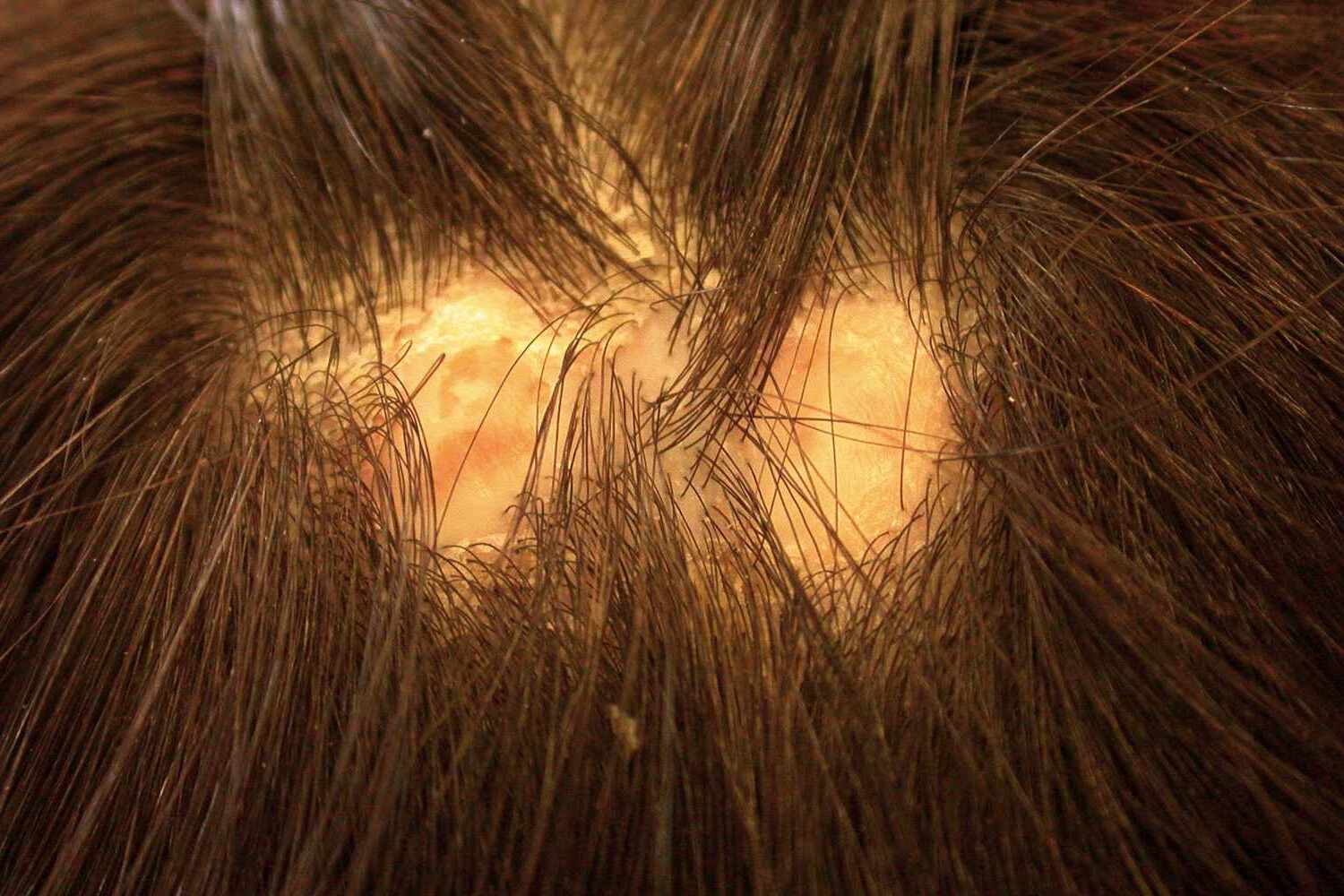
Circumscribed Cutaneous Aplasia of the Vertex is a rare congenital condition where a patch of skin on the scalp, usually at the vertex, is missing at birth. This condition can be inherited, especially in children born to consanguineous parents. The affected area often appears as a thin, transparent membrane, sometimes exposing underlying structures like bone. While most cases are isolated, some individuals may have other anomalies. The exact cause remains unclear, but it likely involves impaired prenatal skin development. Managing this condition requires a multidisciplinary approach to prevent complications like infections and ensure proper healing. Understanding this condition is crucial for early diagnosis and effective treatment.
Key Takeaways:
- Circumscribed Cutaneous Aplasia of the Vertex is a rare condition causing skin absence on the scalp. It can lead to infections and may require surgical intervention for treatment.
- Genetic factors and prenatal development play a role in Circumscribed Cutaneous Aplasia of the Vertex. Families may benefit from genetic counseling, and public awareness can lead to early diagnosis and better management.
Understanding Circumscribed Cutaneous Aplasia of the Vertex
Circumscribed cutaneous aplasia of the vertex is a rare congenital condition. It involves a localized absence of skin on the scalp, particularly at the vertex. Here are 25 key facts to help you understand this condition better.
-
Definition: This condition refers to a congenital skin defect where there is a localized absence of skin on the scalp, specifically at the vertex.
-
Prevalence: It is relatively rare, with only a few documented cases in medical literature.
-
Genetic Factors: Evidence suggests that circumscribed cutaneous aplasia of the vertex can be inherited. Children born to consanguineous parents are at a higher risk.
-
Clinical Presentation: Typically presents as a solitary lesion on the scalp, often appearing as a thin, transparent membrane through which underlying structures are visible.
-
Location: The most common site is the vertex of the scalp, though it can occasionally occur on other parts of the body.
Characteristics and Appearance
The appearance and characteristics of the lesions can vary, making each case unique. Here are some details about what these lesions look like and how they behave.
-
Lesion Characteristics: Lesions can vary in size and shape, ranging from round or oval to rectangular or star-shaped. They are usually well-demarcated and non-inflammatory.
-
Skin Appearance: The affected area may appear as a thin, transparent membrane that can be ulcerated or eroded, sometimes exposing underlying bone or other tissues.
-
Underlying Tissue Involvement: In some cases, the condition can involve underlying tissues such as bone, leading to complications like infections or exposure of the dura mater.
-
Risk of Infection: The presence of exposed bone or other tissues under the skin defect increases the risk of infections, which can be life-threatening if not properly managed.
-
Associated Anomalies: While most cases are isolated, some individuals may have associated anomalies such as cardiac, skin, or nail abnormalities, particularly in syndromic cases.
Classification and Histopathology
Understanding the classification and histopathologic features of this condition can provide deeper insights into its nature.
-
Classification: Aplasia cutis congenita, including circumscribed cutaneous aplasia of the vertex, has been classified into various subtypes based on characteristics of the lesion and associated abnormalities.
-
Histopathologic Features: Typically show a focal or extensive absence of the epidermis, dermis, and occasionally subcutaneous tissue. There are no specific histological alterations that define this condition.
Etiology and Development
The exact cause of circumscribed cutaneous aplasia of the vertex remains a mystery. However, several factors might contribute to its development.
-
Etiology: Believed to result from impaired prenatal skin development. Factors such as poor blood supply to the skin, fetal and placental ischemia, intrauterine infections, and failure in neural tube closure may contribute.
-
Gestational Timing: Disruption of skin development is thought to occur between 10-15 weeks of gestation, when hair direction, patterning, and rapid brain growth are significant. This timing may explain the increased incidence on the vertex scalp.
Symptoms and Healing
The condition can present various symptoms at birth, and the healing process can vary.
-
Symptoms at Birth: Lesions may already be healed with scarring or may remain superficially eroded or deeply ulcerated. In some cases, lesions can involve the dura or meninges, leading to complications like CSF leakage and meningitis.
-
Healing Process: Most lesions are self-healing, but the healing process can leave behind scars. The extent of scarring depends on the size and depth of the lesion.
Treatment and Management
Managing circumscribed cutaneous aplasia of the vertex requires a comprehensive approach. Here are some key points about treatment and management.
-
Treatment and Management: Typically involves a multidisciplinary team approach. Conservative management is often the initial treatment, but surgical intervention may be necessary for larger or more complex defects to prevent complications like infections or exposure of underlying tissues.
-
Surgical Considerations: Surgical repair can be challenging due to the delicate nature of the scalp and underlying tissues. Techniques such as using bipedicled local flaps have been employed to repair scalp defects while minimizing scarring and promoting healing.
-
Interprofessional Team Care: Requires an interprofessional team approach. This includes dermatologists, plastic surgeons, pediatricians, and other specialists to ensure comprehensive management and optimal outcomes.
Complications and Genetic Counseling
Understanding potential complications and the importance of genetic counseling can help families navigate this condition.
-
Complications: Complications such as infections, exposure of underlying tissues, and associated anomalies can arise. Prompt and appropriate management is crucial to prevent these complications.
-
Genetic Counseling: Given the potential for inheritance, genetic counseling may be recommended for families affected by this condition to understand the risk of recurrence in future pregnancies.
Public Awareness and Research
Raising awareness and conducting further research are essential for improving the understanding and management of this condition.
-
Public Awareness: Raising public awareness about this rare condition can help in early diagnosis and appropriate management. Recognizing the signs and symptoms can lead to timely intervention and better outcomes.
-
Research and Development: Further research into the etiology and pathophysiology is needed to improve understanding and management strategies. This includes studying genetic factors, environmental influences, and prenatal development processes.
Support and Global Perspective
Providing support to affected families and understanding the global perspective can make a significant difference.
-
Support for Affected Families: Providing emotional and psychological support to families is essential. Organizations and support groups can offer valuable resources and help families navigate the challenges associated with this rare condition.
-
Global Perspective: Circumscribed cutaneous aplasia of the vertex is a global concern, and its management can be particularly challenging in resource-limited settings. Highlighting the challenges faced in managing such complex scalp anomalies in sub-Saharan Africa underscores the need for global collaboration and resource sharing.
Final Thoughts on Circumscribed Cutaneous Aplasia of the Vertex
Circumscribed cutaneous aplasia of the vertex is a rare congenital condition marked by the absence of skin on the scalp, particularly at the vertex. It can present significant challenges, from cosmetic concerns to serious health risks like infections. Understanding its genetic factors, clinical presentation, and potential complications is crucial for effective management. Treatment often involves a multidisciplinary approach, sometimes requiring surgical intervention. Genetic counseling and public awareness can aid in early diagnosis and better outcomes. Research into its etiology and pathophysiology is essential for improving management strategies. Support for affected families and global collaboration can help address challenges, especially in resource-limited settings. This condition underscores the importance of comprehensive care and ongoing research to enhance the lives of those affected.
Frequently Asked Questions
Was this page helpful?
Our commitment to delivering trustworthy and engaging content is at the heart of what we do. Each fact on our site is contributed by real users like you, bringing a wealth of diverse insights and information. To ensure the highest standards of accuracy and reliability, our dedicated editors meticulously review each submission. This process guarantees that the facts we share are not only fascinating but also credible. Trust in our commitment to quality and authenticity as you explore and learn with us.


